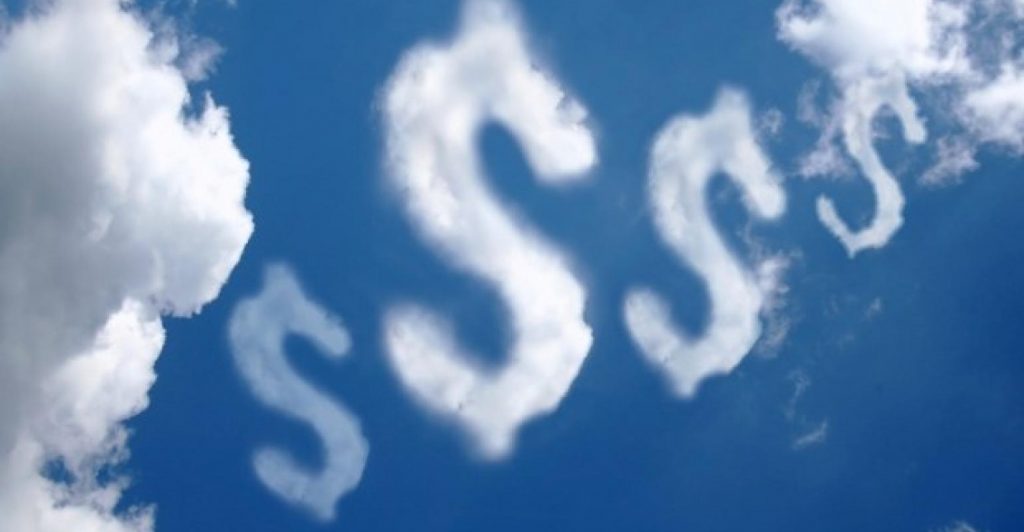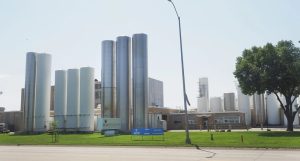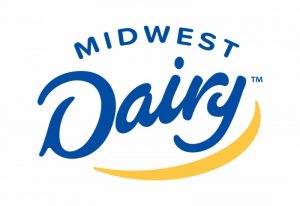
In an effort to bring additional financial assistance to producers impacted by the pandemic, USDA announced additional COVID aid through its Pandemic Assistance Program targeted at livestock and dairy producers. As part of $6 billion allocated in the consolidated appropriations package advanced in December 2020 and in the American Rescue Plan, USDA is targeting additional assistance to address gaps in aid in initial rounds of aid. The actions include a long-awaited final rule making contract producers of livestock and poultry eligible for assistance under the second round of Coronavirus Food Assistance Program, or CFAP 2, as well as changes for dairy assistance.
“We listened to feedback and concerns from producers and stakeholders about the gaps in pandemic assistance, and these adjustments to CFAP 2 help address unique circumstances, provide flexibility and make the program more equitable for all producers,” says Farm Service Agency Administrator Zach Ducheneaux. “The pandemic has had a tremendous impact on agricultural producers, and we have made significant progress since announcing our plans in March. While additional pandemic assistance remains to be announced in the coming weeks, USDA is also ramping up its efforts to make investments in the food supply chain to Build Back Better.”
Congress allocated up to $1 billion for payments to contract producers of eligible livestock and poultry for revenue losses from Jan. 1, 2020 through Dec. 27, 2020 in the Consolidated Appropriations Act, 2021. Contract producers of broilers, pullets, layers, poultry eggs, turkeys, hogs and pigs, ducks, geese, pheasants and quail may be eligible for assistance. This update includes eligible breeding stock and eggs of all eligible poultry types produced under contract.
Payments for contract producers were to be based on a comparison of eligible revenue for the periods of Jan. 1, 2019 through Dec. 27, 2019, and Jan. 1, 2020 through Dec. 27, 2020. The latest changes mean contract producers can now elect to use eligible revenue from the period of Jan. 1, 2018 through Dec. 27, 2018, instead of that date range in 2019 if it is more representative.
This change is intended to provide flexibility and make the program more equitable for contract producers who had reduced revenue in 2019 compared to a normal production year. The difference in revenue is then multiplied by 80% to determine a final payment. Payments to contract producers may be factored if total calculated payments exceed the available funding and will be made after the application period closes, USDA says.
Additional flexibilities have been added to account for increases to operation size in 2020 and situations where a contract producer did not have a full period of revenue from Jan. 1 to Dec. 27 for either 2018 or 2019. Assistance is also available to new contract producers who began their farming operation in 2020.
The American Farm Bureau Federation says it first raised concerns about farmers being left out of the aid package in May 2020 and has been engaged on this issue for more than a year. “While previous CFAP funding addressed many losses, AFBF recognized that contract growers were left out and worked with lawmakers and the administration to ensure all farmers’ voices were being heard,” says AFBF President Zippy Duvall.
“CFAP has been immensely helpful for farmers who had been hit hard by the disruptions COVID-19 brought on. Unfortunately, contract growers of livestock and poultry who suffered revenue losses were originally omitted when the program was created,” Boozman says.
“While I am pleased to see USDA is now moving forward with implementation, it should not take well over half a year for hard-hit and previously left-behind producers to get emergency relief. I urge the department to swiftly process applications so that producers who desperately need this long-awaited help receive it,” he adds.
Since USDA rolled out the Pandemic Assistance for Producers initiative in March, the department has announced approximately $7 billion in assistance to producers and agriculture entities.
Dairy changes
In a follow-up announcement, USDA Deputy Secretary Jewel Bronaugh announced the establishment of a $400 million Dairy Donation Program on a call with Senate Agriculture Committee Chair Debbie Stabenow on Wednesday morning. The establishment of the DDP follows the announcement the week prior by Secretary of Agriculture Tom Vilsack in Vermont regarding $350 million in Pandemic Market Volatility Assistance Program payments for dairy farmers.
Bronaugh says the goals of the new dairy donation program are three-fold: reduce food waste, allow farmers to be paid for the milk they produce and facilitate the timely delivery of dairy production donations when traditionally they may otherwise be oversupplied.
Dairy farmers, cooperatives or processors that purchase fresh milk or bulk dairy products to process into retail-packaged dairy products and meet other requirements are eligible to participate. Costs reimbursed through the program include the cost of milk used to make the donated eligible dairy product and some of the manufacturing and transportation costs. Reimbursement of these costs is designed to help offset some of the costs associated with processing and donating eligible dairy products.
Outside the pandemic assistance funding, USDA will also make improvements to the Dairy Margin Coverage safety net program updating the feed cost formula to better reflect the actual cost dairy farmers pay for high quality alfalfa. This change will be retroactive to January 2020 and is expected to provide additional retroactive payments of about $100 million for 2020 and 2021. Unlike the pandemic assistance, this change will also be part of the permanent safety net and USDA estimates it will average about $80 million per year or approximately $800 million over ten years for dairy headed into the upcoming farm bill, Bronaugh explains.
Congress established the DDP in December 2020 and USDA has been working for the past several months to design the new program. Since the start of the COVID-19 pandemic, U.S. dairy producers and dairy foods companies have been proactive about responding to hunger and supporting families in need through local food drives and charitable donations as well as federal nutrition assistance programs.
“Since the start of the COVID-19 pandemic, U.S. dairy producers and dairy foods companies have led efforts to feed the hungry and support struggling communities. With the Dairy Donation Program announced today, USDA is providing our industry with one more tool to reach Americans in need,” says Michael Dykes, president and CEO of the International Dairy Foods Association. “The dairy industry welcomes the opportunity to continue to partner with non-profits, charities and other organizations working to combat hunger and nutrition insecurity. The Dairy Donation Program ensures high-quality, nutritious products like milk, cheese, yogurt and more will get to those who need them most, while ensuring dairy foods producers receive a fair market value for their healthy products. IDFA and our members look forward to working with USDA and the non-profit community to get this program off the ground this fall.”
The National Milk Producers Federation says it worked closely with USDA to ensure that the program addresses additional costs, such as processing and transportation, as well as other elements that make the program more viable. The provision covering the cost of processing is a significant enhancement from the previous program. NMPF also worked closely with Feeding America to support the program and recommend approaches to ensure its effectiveness.
“We are grateful to USDA for helping ensure wholesome dairy products can be provided to food banks and other food distributors by reimbursing for some of these costs,” says Jim Mulhern, NMPF president and CEO. “We have also been pleased to work with Feeding America to advance the partnership approach taken by this program as it will help to target dairy donations in a manner that effectively meets on-the-ground demand.”
























